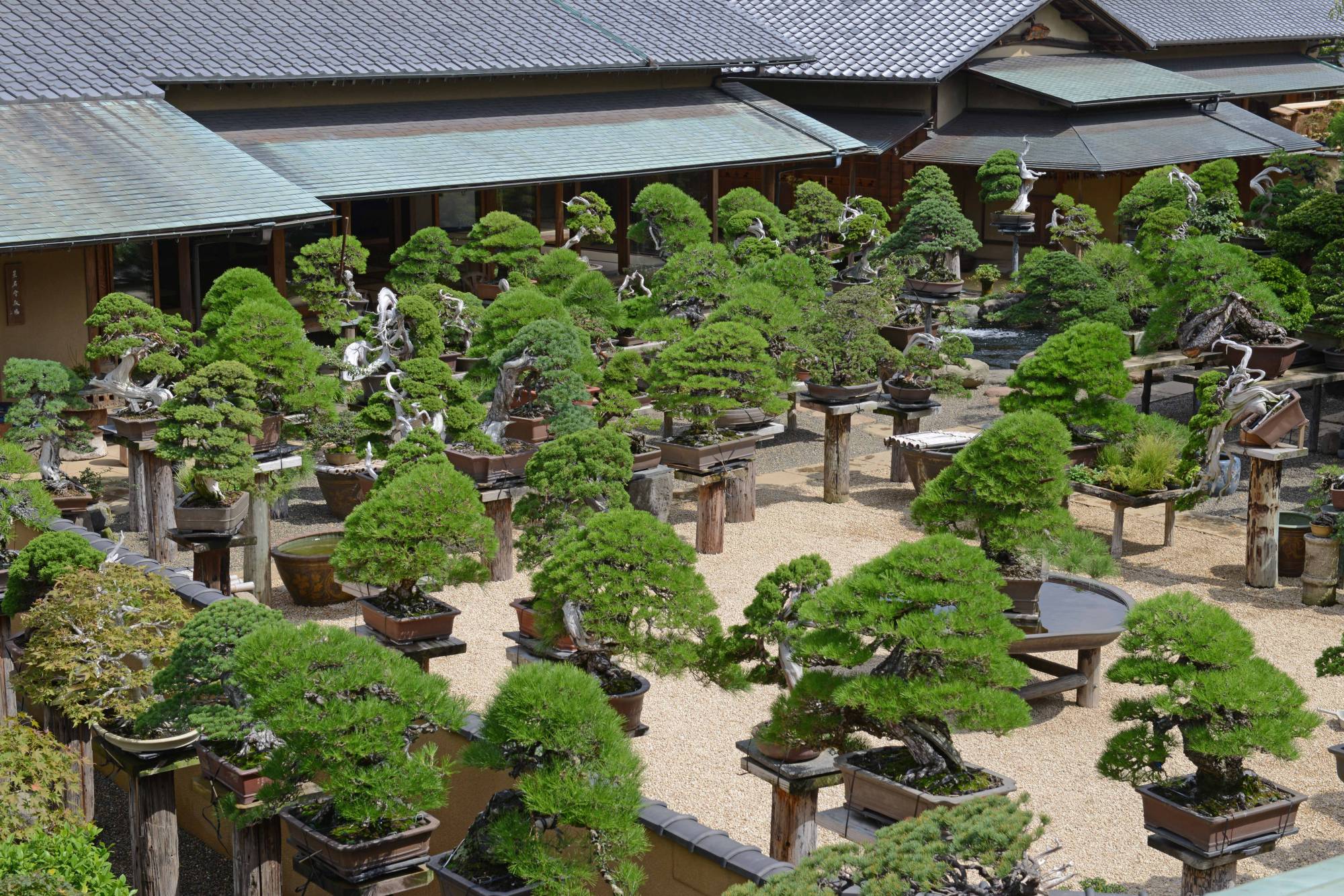Used to diagnose physical disorders and categorize food for its medicinal properties, the ancient East Indian Ayurvedic system would seem to have little connection to the cultivation of bonsai. It was in India, though, that the art of miniaturizing trees began, with the aim of using them for medicinal purposes. Although only a small number of people in India today cultivate bonsai, favoring species such as ulmus, ficus, ixora, jade and even rubber plants, it is interesting to speculate what tree types native to India would originally have been selected. We will probably never know.
Indeed, China — a nation comparable in geographical and cultural magnitude to India, but with a particular consideration for small things — would become bonsai’s first great exponent. Chinese cultivators were more interested, however, in the aesthetic rather than purely horticultural aspects of bonsai, an art form they called penjing or penzai. The earliest illustration of a miniaturized living landscape, dated 706, has been found in the Tang Dynasty Qianling Mausoleum in northwestern China’s Shaanxi province.
Although container plantings were brought from China to Japan by imperial emissaries as early as the sixth century, bonsai as an art likely dates from the 13th century. Its most recent journey has been to the West. Dwarf trees were components in the Japanese gardens constructed for world fairs in North America and Europe in the years from 1870 to 1940.

















With your current subscription plan you can comment on stories. However, before writing your first comment, please create a display name in the Profile section of your subscriber account page.